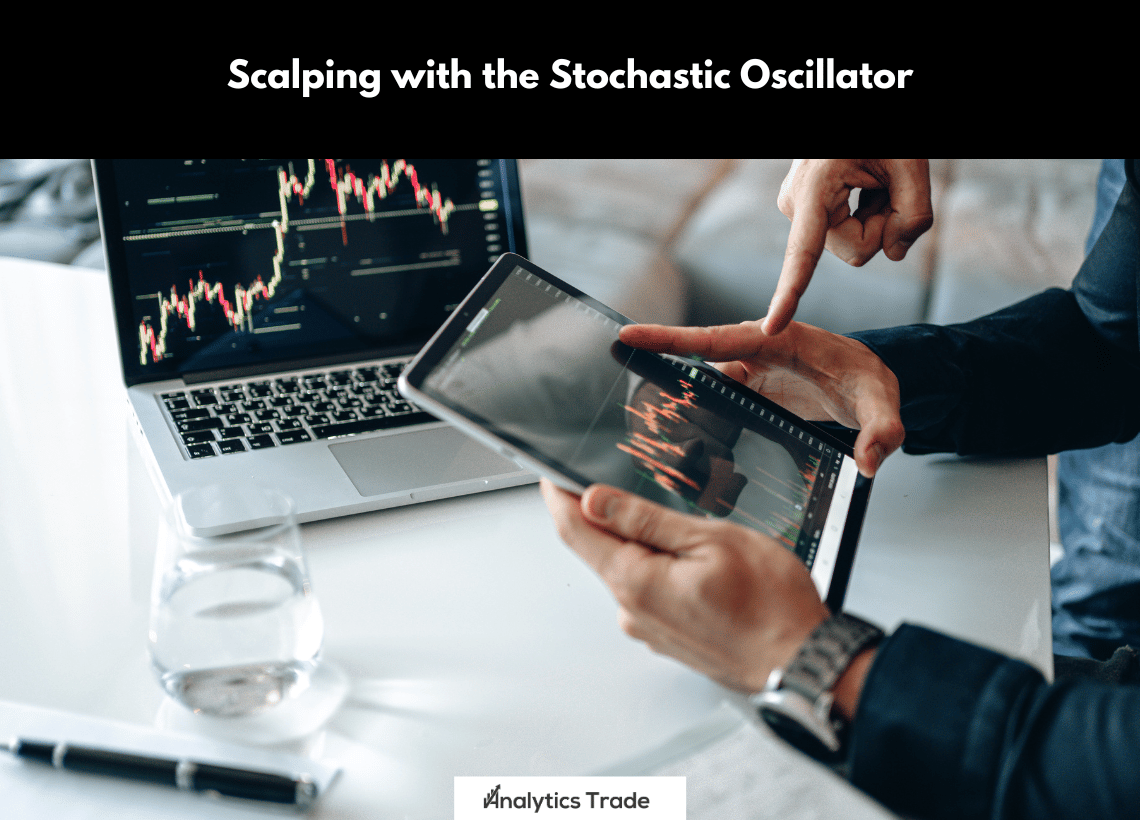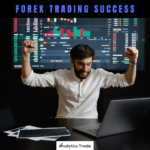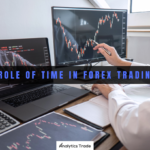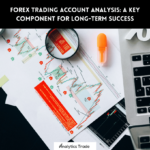What is Scalping?
Scalping is a trading strategy that involves taking advantage of small price movements in the market. It involves opening and closing trades quickly, usually within a few minutes or even seconds. Scalpers look for small profits from each trade, and they often use technical indicators such as the Stochastic Oscillator to identify potential trading opportunities.
What is the Stochastic Oscillator?
The Stochastic Oscillator is a technical indicator that measures the momentum of price movements. It is based on the idea that prices tend to close near their highs or lows when momentum is strong. The Stochastic Oscillator is a popular tool among scalpers because it can help identify potential trading opportunities.
How to Use the Stochastic Oscillator for Scalping
The Stochastic Oscillator can be used to identify potential trading opportunities in the Forex market. Scalpers can use the Stochastic Oscillator to identify overbought and oversold conditions in the market. When the Stochastic Oscillator is overbought, it indicates that the market is overbought and a potential sell signal is present. Conversely, when the Stochastic Oscillator is oversold, it indicates that the market is oversold and a potential buy signal is present.
1. Identify Overbought and Oversold Conditions
The first step in using the Stochastic Oscillator for scalping is to identify overbought and oversold conditions in the market. The Stochastic Oscillator is typically set to a 14-period setting, and it is considered overbought when it is above 80 and oversold when it is below 20. When the Stochastic Oscillator is overbought, it indicates that the market is overbought and a potential sell signal is present. Conversely, when the Stochastic Oscillator is oversold, it indicates that the market is oversold and a potential buy signal is present.
2. Enter Trades
Once an overbought or oversold condition has been identified, the next step is to enter a trade. If the Stochastic Oscillator is overbought, a sell order should be placed. Conversely, if the Stochastic Oscillator is oversold, a buy order should be placed.
3. Set Stop Loss and Take Profit Levels
Once a trade has been entered, it is important to set stop loss and take profit levels. Stop loss levels should be set at a level that will limit losses if the trade moves against the trader. Take profit levels should be set at a level that will ensure a profit if the trade moves in the trader’s favor.
4. Monitor the Trade
Once a trade has been entered, it is important to monitor the trade. The Stochastic Oscillator can be used to monitor the trade and identify potential exit points. If the Stochastic Oscillator moves back into overbought or oversold territory, the trade should be closed.
Conclusion
Scalping with the Stochastic Oscillator can be a profitable trading strategy. The Stochastic Oscillator can be used to identify overbought and oversold conditions in the market, and it can be used to enter and exit trades. It is important to set stop loss and take profit levels, and to monitor the trade to ensure that it is moving in the trader’s favor. To learn more about scalping with the Stochastic Oscillator, check out this YouTube video.






Comments